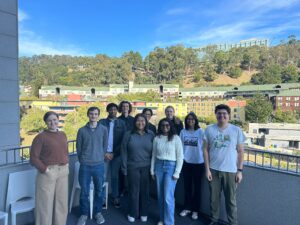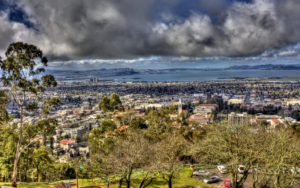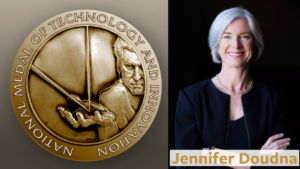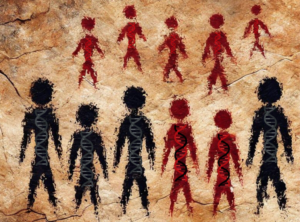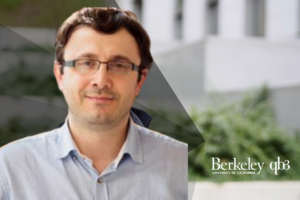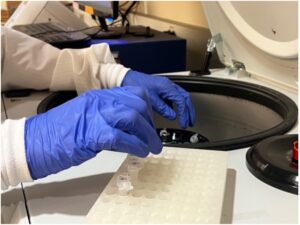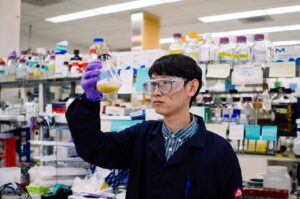
QB3-Berkeley researchers engineer biological assembly-line enzymes to create new, sustainable products
February 11, 2025
Scientists are leveraging the modular nature of polyketide synthases (PKSs), or biologically-based, multi-domain enzymes, to design molecules in a way that could revolutionize everything from pharmaceuticals to biofuels. In the world of chemistry, the smallest changes can have profound impacts. Altering even a single carbon atom in a molecule can completely change its function and…
